Roundabouts – some people like them, many people don’t. No matter how you feel about these roadway features, you should get used to them, as they’re increasingly becoming the modus operandi of American intersections. There are nearly 8,000 roundabouts in the U.S., including hundreds scattered across the Northeast, according to transportation engineering firm Kittelson & Associates.
Why the switch? Proponents say roundabouts have safety, environmental and financial advantages over traffic signals and stop signs. With that in mind, it’s likely that these road features will only become more common.
But navigating can be a tricky feat, especially if you’re not accustomed to them. Here’s everything you need to know about how to use a roundabout safely.
What Is a Roundabout?
A roundabout is a circular intersection in which vehicles travel counterclockwise (in the U.S.) with entering traffic yielding the right-of-way to circulating traffic.
These roadways have been popular overseas, particularly in Europe, for decades. However, they have only recently been widely adopted here in the U.S. The reluctance can likely be attributed to the negative response American drivers had with traffic circles and rotaries built in the first half of the 20th century. These features were similar to roundabouts but had design flaws. The connecting rounds entered the circle at abrupt right angles and in many cases vehicles within the central circle had to yield to those entering. These factors led to safety and traffic issues.
The Benefits of Roundabouts
According to the U.S. Department of Transportation, more than half of all fatal and injury-causing car crashes occur at or near an intersection. Studies of intersections have shown that converting traffic signals or stop signs to roundabouts can reduce all crashes by nearly 50% and injury crashes by up to 80%.
Roundabouts have two significant advantages over traffic signals and stop signs: They are safer and create less traffic. There are several design elements that make roundabouts a safer option. When a vehicle approaches a roundabout, the driver is forced to slow down in order to navigate the turn of the circle. Roughly one-quarter of all traffic fatalities are speeding-related. A slower car is a safer car.
Additionally, roundabouts nearly eliminate the chance of any of the most severe types of crashes – right-angle, left-turn and head-on collisions – from occurring. Most car crashes (including a vast majority or fatal crashes) involve vehicles traveling in different directions.
On the topic of traffic direction, since cars all move in the same direction in a roundabout, the stop-and-go nature of traffic flow that occurs at traffic signals and stop signs is significantly reduced. Research has proven that traffic flow improves after roundabouts have replaced traditional intersections. As an added bonus, roundabouts create less idling, which means fewer vehicle emissions (good for the environment) and less fuel consumption (good for your wallet).
The Dangers of Roundabouts
Although roundabouts are considered the safer intersection option, they can be potentially hazardous to some drivers, particularly older drivers.
“The single greatest concern in accommodating older road users, both drivers and pedestrians, is the ability of these persons to safely maneuver through intersections,” according to the Federal Highway Administration. The FHA also states older drivers may have difficulty in situations involving complex speed-distance judgments under time constraints, and are much more likely to be involved in crashes where the drivers were either traveling too fast for the curve or were surprised by the curved alignment. This all adds up to roundabouts being a significant safety risk for older drivers.
Roundabout Rules
How to Use a Roundabout
In theory, roundabouts are simple to understand, but they can be difficult to navigate if you’re unfamiliar. Upon approaching the intersection, a vehicle yields to traffic already within the roundabout. Vehicles already in the roundabout have the right of way. When there is a safe amount of space, you can enter. Remember, a yield sign is not a stop sign – if there are no cars in the roundabout, look around for pedestrians and bicyclists and proceed in.
Once in the roundabout, circle the road until you reach your desired exit. If you want to turn right, take the first exit; straight, the second; left, the third; and a U-turn, the fourth.
When there’s only one lane, it’s fairly straightforward. Things can get confusing in a multilane roundabout. In this scenario, the vehicle should be in the right lane to turn right or go straight, and in the left lane to go straight, turn left or make a U-turn. There will usually be signs leading up to the roundabout indicating which lane to occupy. Also remember to use your turn signal.
Roundabouts can be tricky for even the most experienced drivers, let alone new ones. Learn to become a lifelong safe motorist at AAA Driving School or through AAA’s Defensive Driving course.
How do you feel about roundabouts? Do you find them confusing? Let us know in the comments below.
24 Thoughts on “How to Use a Roundabout”
Leave A Comment
Comments are subject to moderation and may or may not be published at the editor’s discretion. Only comments that are relevant to the article and add value to the Your AAA community will be considered. Comments may be edited for clarity and length.




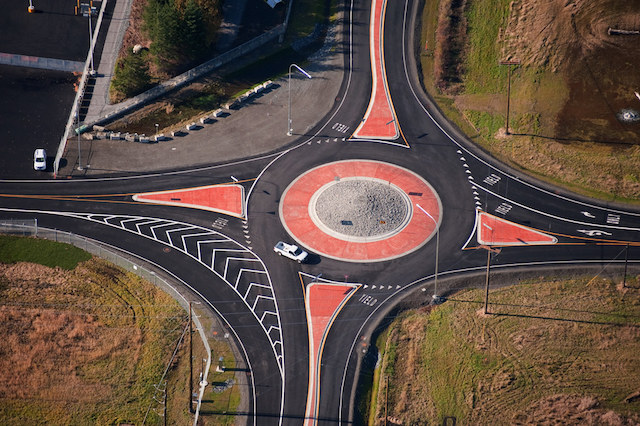








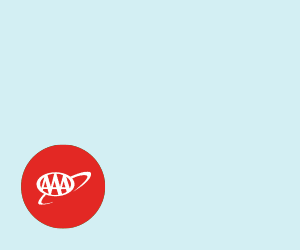
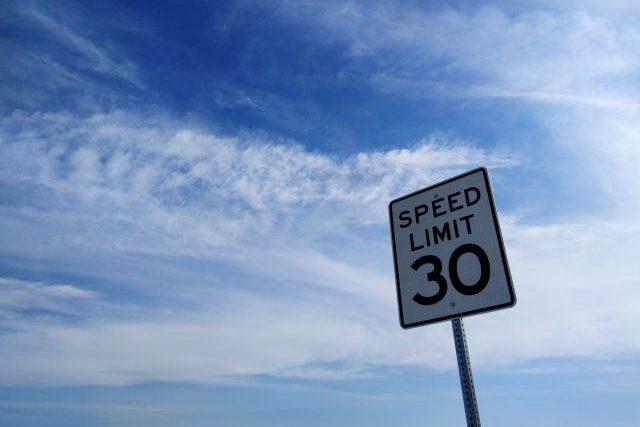
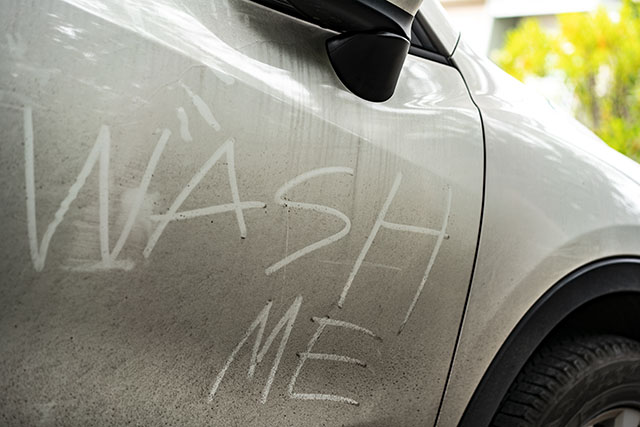
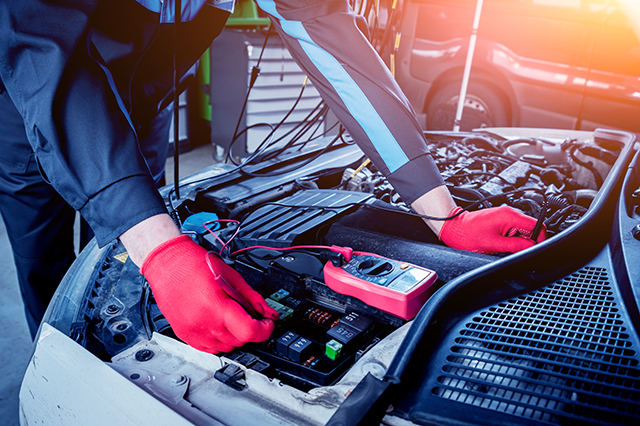

How does a pedestrian navigate a roundabout to safely cross the street?
I hate them because if I don’t know which road up ahead to take when going around, then I don’t know which lane to get into. When I’m busy looking around while I’m driving, it’s very easy to have an accident with the car next to me if I need to exit the roundabout all of a sudden. They make me very nervous.
I do not like roundabouts! They are too ambiguous. RED, GREEN, and YELLOW are concrete and crystal clear. Very familiar to all. I avoid them. Especially, if another driver wants to “teach someone a lesson” about yielding! Very scary! This happened in Florida! Big and busy traffic circles are scary a problem!
New roundabouts installed near where I live, travel through relatively often. Police vehicle struck there within first months of installation. Used to be traffic light control there. Police vehicle never struck. Loads of accidents since installed. I think people are far less likely to run a red light than they are to improperly proceed through a “roundabout”/rotary. And they don’t proceed through gingerly! No concern about right or wrong, just ME FIRST!